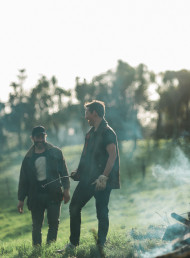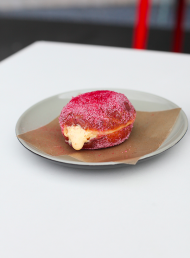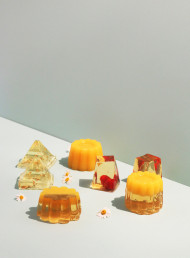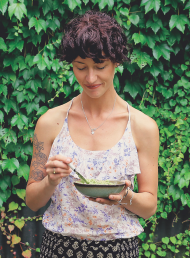Breaking the Mould
Photography by Aaron McLean.
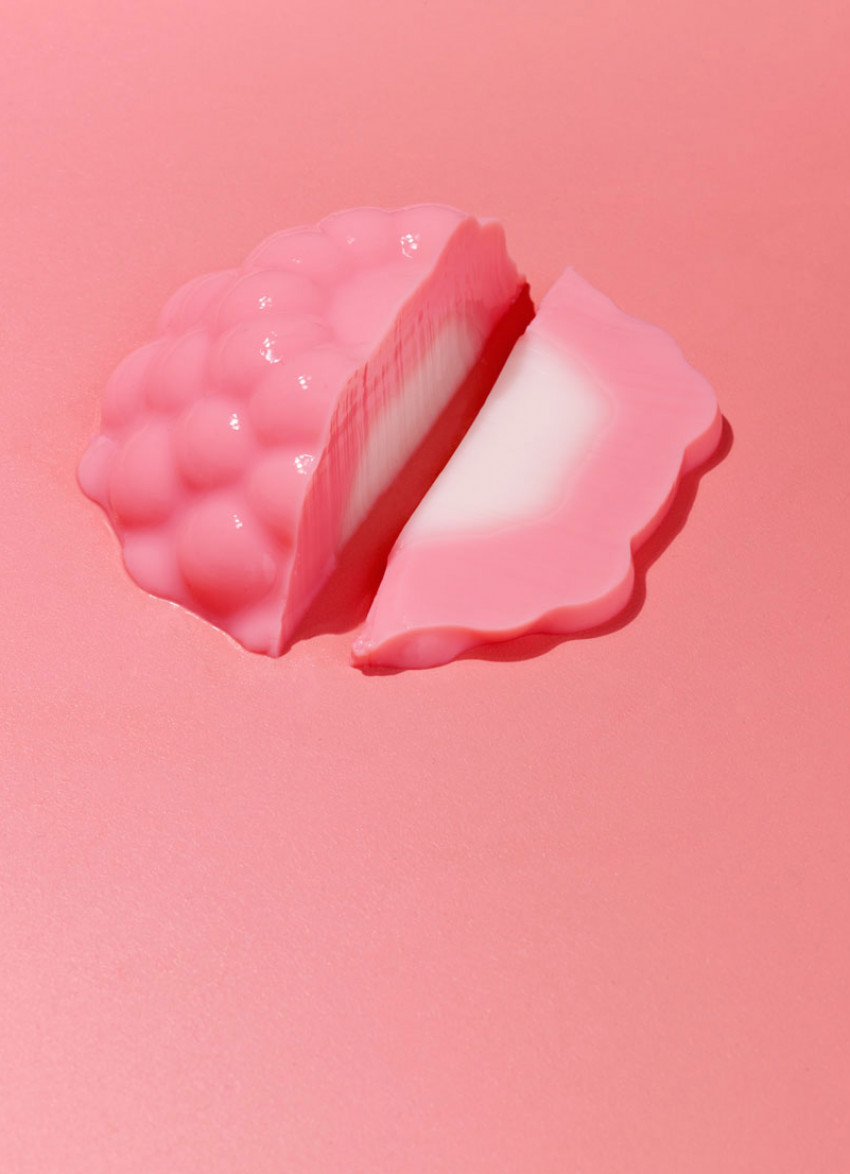
Jessica Mentis makes jelly, but not as your grandmother knows it. Think multi-coloured castles of tropical punch, leaning towers of strawberry lemonade and glittering grape-flavoured diamonds...
To say that Jessica Mentis makes jelly would be oversimplifying things. Her creations almost defy categorisation, occupying a unique space somewhere between art, food and fancy cocktails.
“My aim is to merge architectural practices with cuisine,” she says. “I really enjoy the idea of working on something that’s going to be consumed. To put all this time and energy into something, and then have people eat and enjoy it – it’s a really accessible form of art.”
A spatial design and architecture graduate, Jessica has always had a passion for food. She never considered that these two areas might intersect until living in London, when she came across the works of mad food scientists Sam Bompas and Harry Parr.
The duo’s outlandish stunts have included flooding part of a building with four tonnes of alcoholic punch; creating a cloud of vaporized gin and tonic (“You walk into it and get drunk through your eyeballs,” explains Jessica); and putting on a multi-sensory ‘edible’ fireworks display.
“Bompas and Parr were my heroes,” she says “They’re also trained architects, but they apply the processes and techniques of architecture and design to food. I had been looking for what my practice would be and when I discovered their work I was like, ‘Well, that’s it.’”
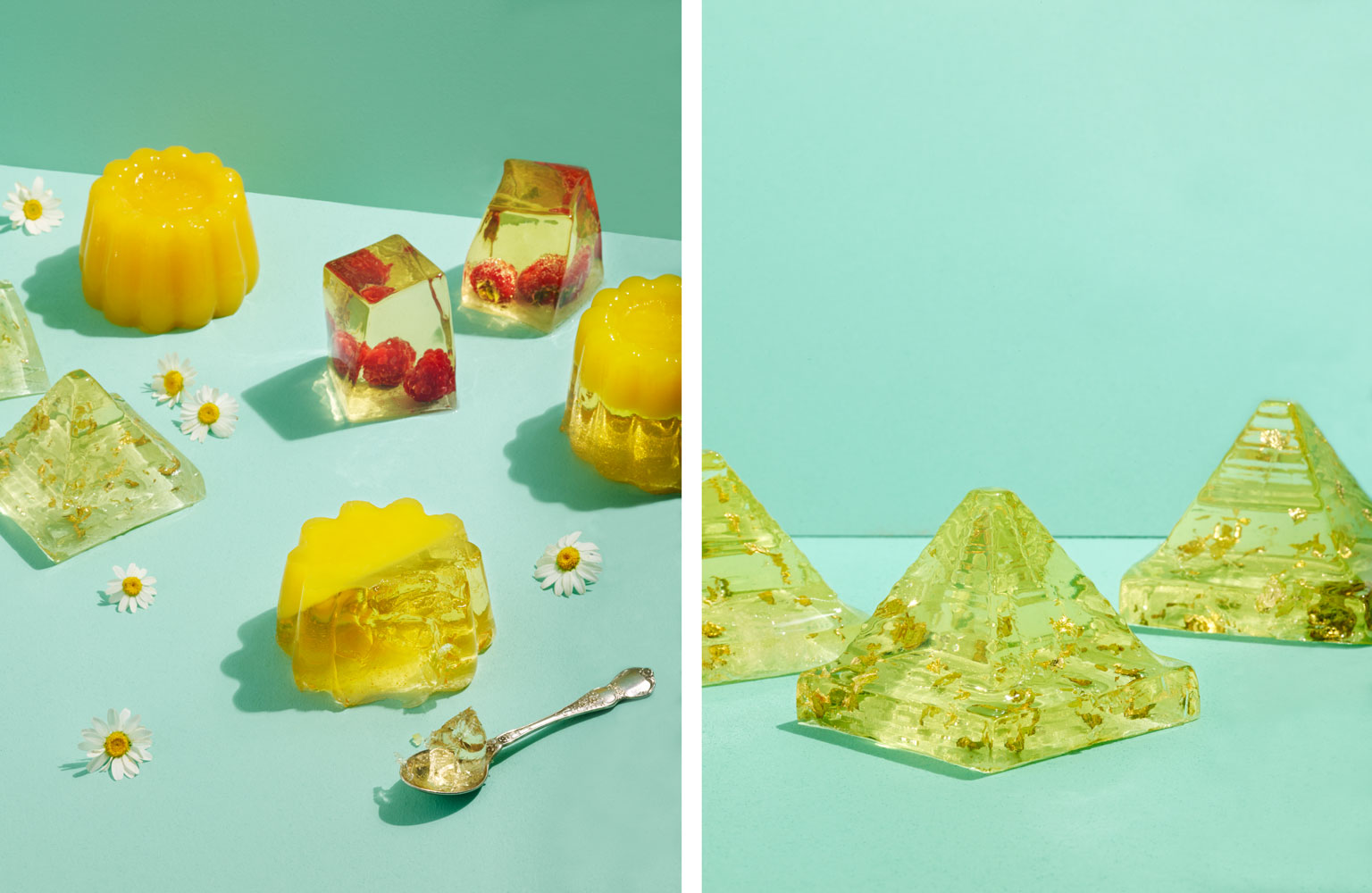
After initially trying to land a job with their company, Jessica decided to move back to Auckland and set up Mentis Studios, which would be New Zealand’s answer to Bompas and Parr. “Easier said than done,” she reflects. “I didn’t have any money, didn’t have connections and I didn’t know how to get my ideas out into the world.”
Then she discovered The 100-Day Project through creative magazine The Great Discontent, which involves doing one thing every day for 100 days. Jessica decided to take part by creating a different jelly every day using techniques she had learned in architecture school.
“It was a way for me to launch this idea from my head out into the world and to test them out with an audience,” she explains, “and jelly was the perfect tool. I’m not a trained chef, so tempering chocolate and learning molecular gastronomy was going to be a bit hard to do in 100 days. Jelly was easy to make and to adapt.”
Most people probably wouldn’t use the word “easy” to describe any part of Jessica’s process. Each day she would design a mould in a modelling program called Rhino, then bring it to life using a 3D printer at AUT, where she works as a tutor. Some of the simpler shapes were formed in a few hours while the more complicated moulds, such as castles, fortresses and the like, could take almost the entire day. Once Jessica had her mould she had to decide what to fill it with. “The flavours were part of the experimentation, so I tried to be quite innovative. Lots were jellied versions of cocktails: I did whiskey old fashioneds, gin and elderflower, Negronis – none were your average Gregg’s Blueberry.”/p>
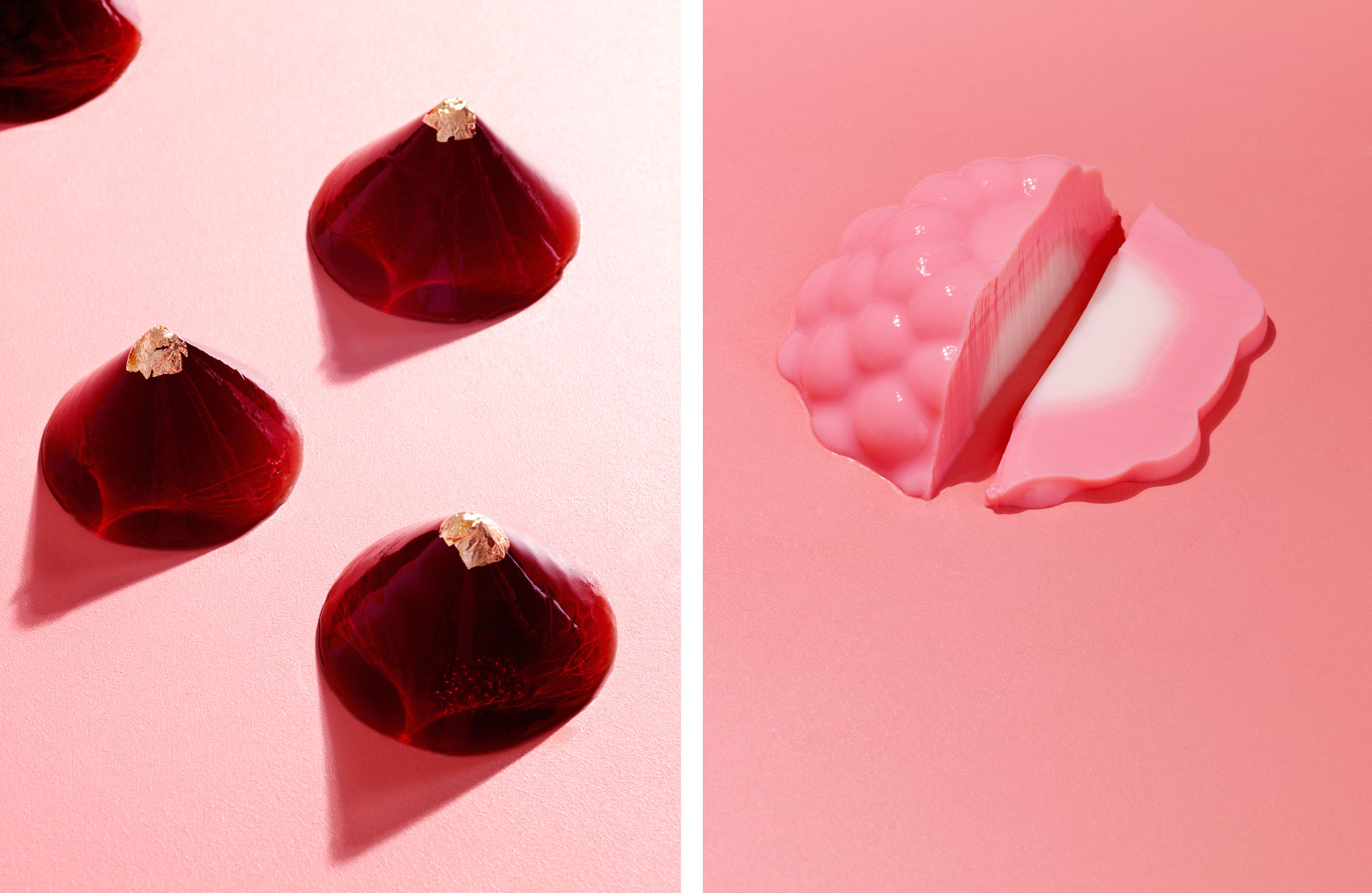
Jessica began sharing her creations on Instagram under the name ‘The Jellyologist’. She styled and photographed each jelly in her studio (which also doubles as her parents’ garage) and uploaded them to Instagram, where they quickly gained an enthusiastic audience.
“It was amazing,” says Jessica. “People were just into the jelly straight away and started responding to it. Then Lorde’s mum shared one of my pictures and everything kind of kicked off from there!”
Although the 100-Day Project is now complete, the jellies have taken on a life of their own. Jessica’s been busy working on various projects and installations, including a painting by American pop artist Roy Lichtenstein made of 1200 ginger chamomile martini-flavoured jelly shots for Seafarers Britomart, and a jelly chandelier for the Melbourne Cup.
“I’m also catering for a hen’s party this week, which I swore I’d never do,” she confesses. “But it turns out everyone’s got their price!”
Looking ahead, Jessica hopes to diversify beyond jelly, which she says was “never the end goal”.
“It was just one way to get the ideas out into the world, but now I want to look at other ways of applying design principles to food. Although of course, I will always love the jelly!”
Mentis Studios — www.mentisstudios.com
www.instagram.com/thejellyologist
latest issue:
Issue #120
As the days become shorter, and the nights cooler, the latest issue is perfectly timed to deliver delicious autumn dishes. From recipes using fresh seasonal produce such as feijoas and apples, to spectacular soothing soups and super-quick after-work meals in our Food Fast section, we’ve got you covered. With Easter on the horizon, we feature recipes that will see you through breakfast, lunch and dinner over a leisurely weekend holiday, and whip up chocolatey baking treats sure to please. We round up delicious dinners for two and showcase a hot new Korean cookbook before heading south to Dunedin to check out all that’s new in food and dining.The latest issue of dish is on sale NOW at all good bookstores and supermarkets – don’t miss it!

